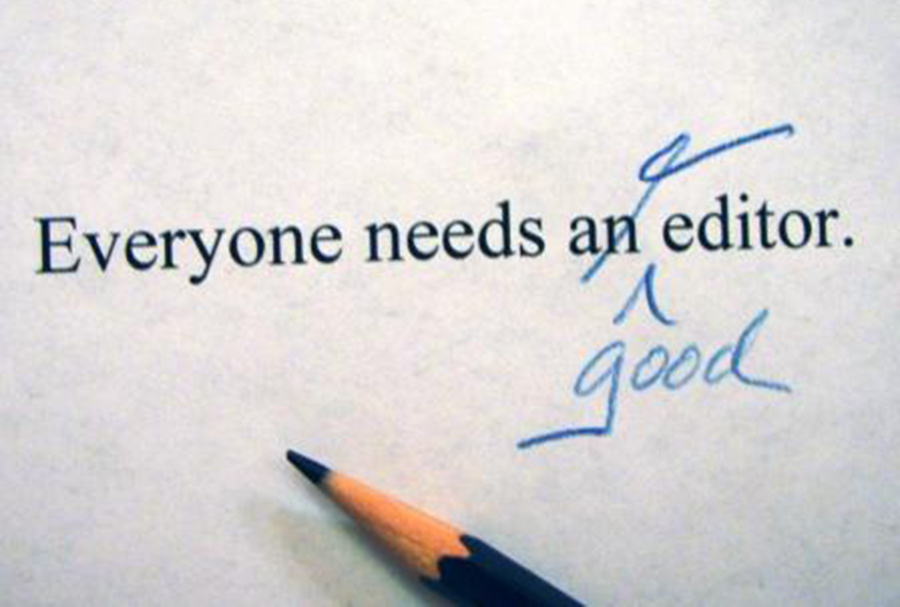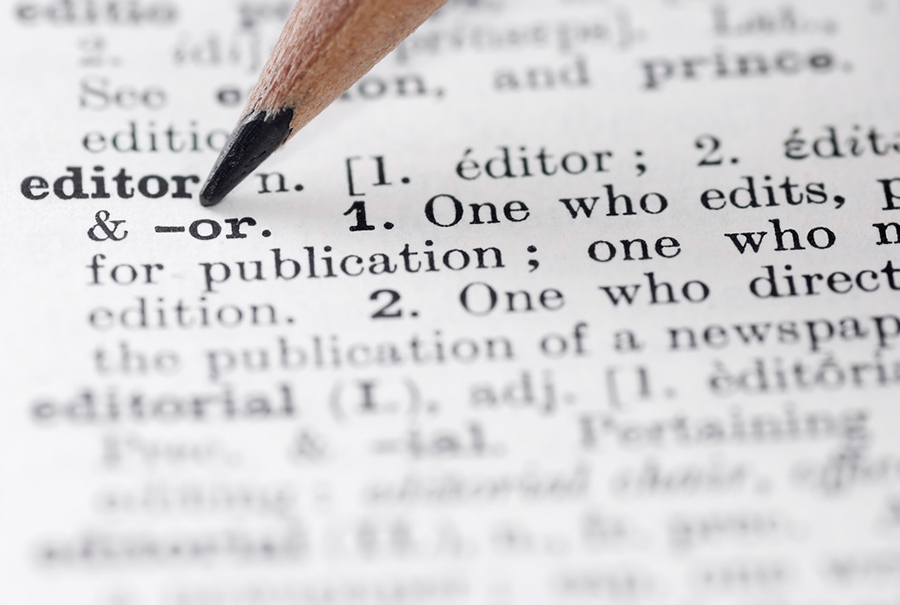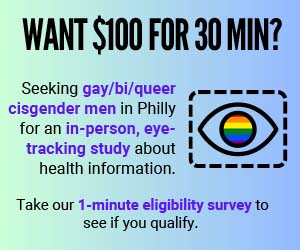
Al Patrick considered himself a news hound more than a gay activist. After graduating from Temple University with a journalism degree, he started working as a reporter for Philadelphia Gay News.
He wrote stories about an AIDS fundraiser bike ride misusing donations and the bureaucracy of the Philadelphia AIDS Task Force. Patrick then worked for the Philadelphia Inquirer before returning to PGN as editor in 1993.
“I was really so young and Mark took a big chance on me,” Patrick said of PGN publisher Mark Segal. He added, “My only agenda was news. I looked at it like I am editing a major weekly in Philadelphia and my readers happen to be gay.”
In celebration of PGN’s 40th anniversary, Patrick recalled his three-year tenure as editor. Current editor Jen Colletta also weighed in on the legacy of the paper she began leading in 2012, and where she sees it heading.
Patrick praised Segal for giving reporters and editors autonomy over news decisions.
“AIDS, of course, gave PGN a legitimacy that they wouldn’t have gotten from any other issue,” Patrick said. “The thing I loved about writing editorials at that time was everybody at the big dailies was reading PGN.”
Patrick said mainstream media started paying attention to smaller gay papers during the ’90s, largely to mine them for stories and understand the perspective on AIDS in the gay community. Once he spoke with the New York Times editorial board about PGN’s coverage.
During that time, Patrick said the look of PGN changed; it became a more professionally designed paper. On a personal level, Patrick enjoyed not having to stay mum about his sexual orientation at work.
“I could dance around the office and not have to look over my shoulder worried that the sports department would think, What is that fairy doing over there?” he said. “That was life-changing for me.”
Patrick recounted a story that stuck with him from his time as editor: the murder of a gay man who was found tied up in his Old City apartment. He said the goal was to approach the story objectively, but some advocacy crept in. Police assumed the case was a sex act gone wrong.
“When the cop said that to me,” Patrick said, “I said, ‘So you wouldn’t look for me if I left my sexual partner in a moment of distress and he ultimately died?’”
The police did arrest a suspect for manslaughter, but Patrick felt the coverage could’ve taken the authorities to task more. He also thought PGN in the 1990s could have devoted more space to covering transgender issues.
Colletta could be considered an offspring of Patrick in terms of editorial style. After graduating from La Salle University in 2007, Colletta landed a job as a reporter at PGN. Throughout her coverage and now as editor, she’s prioritized engaging the diversity of the community.
“There are so many different colors to the rainbow of sexual orientation, gender identity, age, race, religion, things like that,” Colletta said. “I’ve really tried to do what we can to bring all those voices into the paper.”
To that end, she started the semi-annual Youth Supplement, featuring content from young LGBT people across the Philadelphia region, and the annual Senior Supplement, a partnership with the LGBT Elder Initiative.
Colletta has also focused on growing PGN’s online presence. The paper has more than 6,000 likes on Facebook, up from about 800 when she focused on revamping the paper’s social-media presence in 2014. More news gets published daily online.
“The paper hits the streets on Fridays,” Colletta said, “but, obviously, we’ve had to pick up the pace and get big stories out right away. That’s been an adjustment.”
Marriage equality was a big part of the news cycle since Colletta started at the paper. She counts the July 3, 2015, issue of PGN as one of her favorites. That week’s paper included coverage of Obergefell v. Hodges, the U.S. Supreme Court case that affirmed marriage equality nationwide; the 50th anniversary of the Annual Reminders, an early gay-rights protest in Philadelphia; and the Senior Supplement.
Scott A. Drake, longtime PGN photographer, even camped out in front of the Supreme Court’s marble steps to get the front-page photograph of people celebrating the Obergefell decision.
“It was kind of a triple threat there,” Colletta said. “It took a lot of work on everybody’s part [in advertising and editorial]. But in the last couple years, that issue was one of our biggest accomplishments.”

